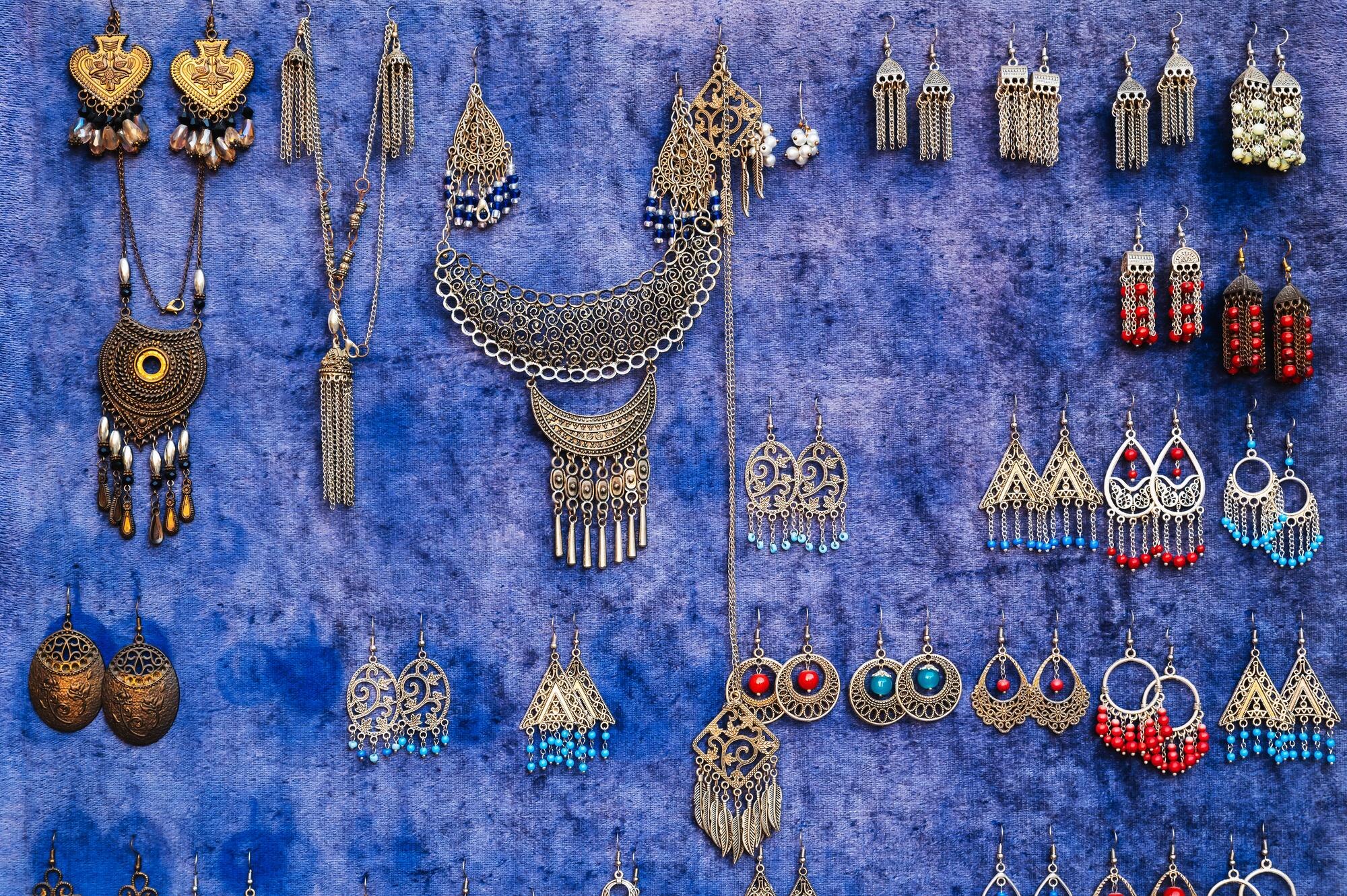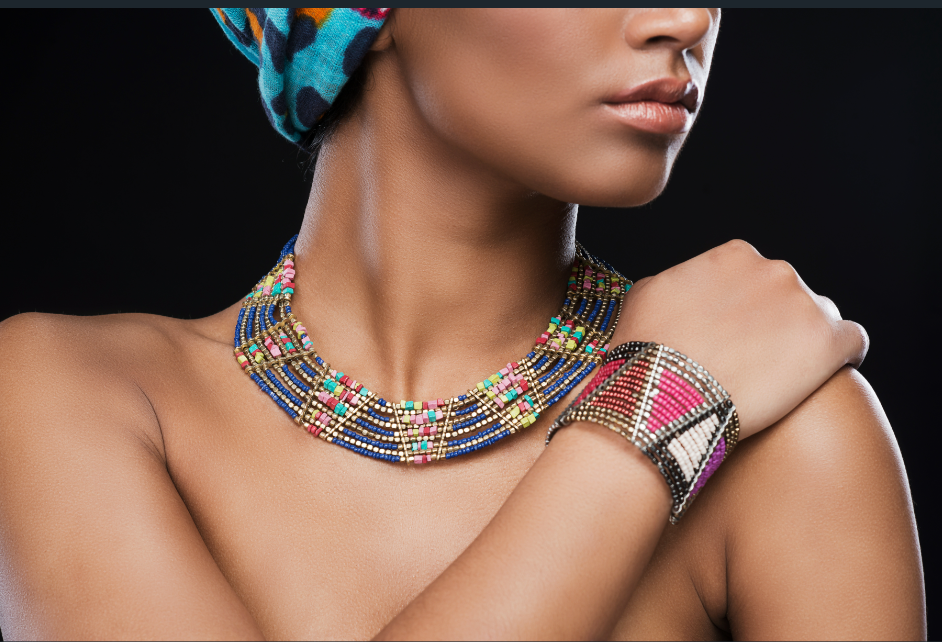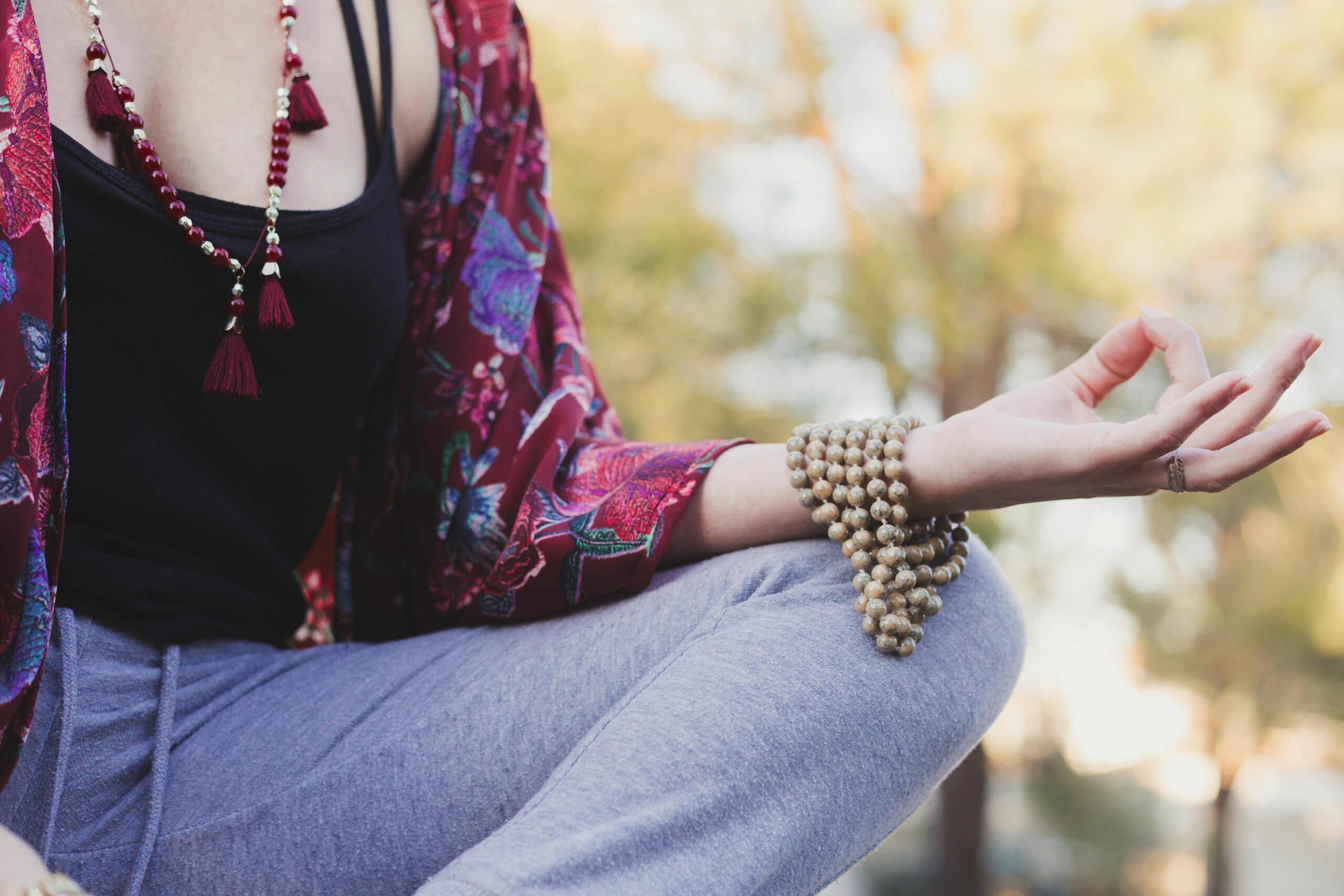Jewelry has played a central role in human culture for millennia, serving as an expression of identity, status, religion, and aesthetics. Different cultures around the world have developed unique jewelry styles and traditions deeply rooted in their historical and social contexts.
This article explores the diverse jewelry traditions of various cultures and their meanings.
Table of Contents
- Jewelry in Antiquity
- Traditional African Jewelry
- Asian Jewelry Traditions
- Jewelry in the Islamic World
- European Jewelry
- Native American Silver Jewelry
- Symbolism of Animal Jewelry
- Modern Trends and Cultural Fusion
- Conclusion
- Frequently Asked Questions
Jewelry in Antiquity
In ancient times, jewelry was not only used as adornment but also as a symbol of power and wealth. In Egypt, pharaohs wore the uraeus, a cobra-shaped headdress, as a symbol of protection and royal authority.
The Greeks and Romans used jewelry as a sign of wealth and social status. Rings, necklaces, and bracelets made of gold and gemstones were widespread in these cultures.
Traditional African Jewelry
African jewelry is often colorful and symbolic. In many African cultures, jewelry such as necklaces and bracelets made of colorful beads symbolizes belonging to a particular tribe and social status.
Materials such as gold, ivory, and glass beads are commonly used. The elaborate jewelry of the Maasai in Kenya and Tanzania, which is of great importance to both men and women, is particularly noteworthy.
Asian Jewelry Traditions
In Asia, jewelry often has deeper symbolic meanings and is closely linked to religious and cultural practices. In India, gold and gemstones play a central role in weddings and other festive occasions. Traditional Indian jewelry such as the mangalsutra (necklace) and bangles are symbols of marriage and prosperity.
In China, jade is valued as a symbol of purity and protection and is often used in jewelry.
Jewelry in the Islamic World
In the Islamic world, jewelry often has spiritual and protective functions. A well-known example is the Hand of Fatima, also called Khamsa, which is worn as an amulet against the evil eye. This symbol is widespread in many North African and Middle Eastern cultures.
Jewelry made of gold and silver, often with intricate engravings and gemstones, is highly valued in the Islamic world.
European Jewelry
Europe has a long history of jewelry, ranging from the ornate crowns of kings to the artistic creations of the Renaissance. In the Middle Ages, jewelry served not only as adornment but also as a means of payment and investment.
With the industrialization of the 19th century, fashion jewelry became popular, and designers like Coco Chanel made it a staple of the fashion world.
Native American Silver Jewelry
Native Americans have a rich tradition of silver jewelry making. This jewelry reflects the close connection to nature and often uses motifs such as animals and natural elements.
The silver jewelry of the Navajo and Hopi is particularly known for its intricate engravings and inlaid stones.
Symbolism of Animal Jewelry
Animals are common motifs in jewelry and carry different meanings in various cultures. The dragon, a symbolic creature, often represents power and destruction in Western culture, while in the East it is seen as a symbol of luck and protection.
Snake jewelry symbolizes healing and rebirth in many cultures, such as ancient Greece and Egypt.
Modern Trends and Cultural Fusion
In the modern world, traditional and contemporary jewelry styles are merging. Designers draw inspiration from various cultures and create pieces that combine old symbols and materials with modern designs.
This fusion allows people to wear jewelry that expresses both their cultural identity and their personal style.
Conclusion
Jewelry is more than just a fashion accessory; it is an expression of culture, history, and identity. The diverse jewelry traditions around the world demonstrate the creative variety and deep symbolic meaning that jewelry holds in different cultures.
By understanding and respecting these traditions, we can appreciate the rich cultural diversity of our world and preserve it.
Designing your own jewelry
Engraving your own jewelry is set to become a major trend this year, as more individuals seek to infuse their accessories with personal meaning and uniqueness.
This customization allows for the creation of truly one-of-a-kind pieces that reflect personal stories, milestones, or even simple words of inspiration.
Thanks to your creativity and Vecieri jewelry configurator, you can create a personalized piece of jewelry just as special as you.
Here’s how to turn your favorite design into a lasting memory:
- Find Your Perfect Piece: Browse our collection and choose the necklace or bracelet that best suits his style.
- Pick Your Design: Choose among all the design options. It can be a picture, a message, or anything you’d like!!
- We Do the Magic: Our whiz-bang tech transforms your design into a high-quality engraving. No need to worry about fancy editing skills, we’ve got it covered.
See It Before You Get It: Before we engrave your masterpiece, you’ll get a preview to make sure everything looks perfect.

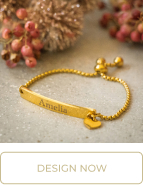


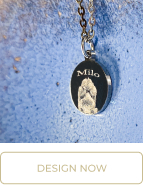

Engraving not only adds sentimental value but also transforms ordinary jewelry into heirlooms that can be cherished for generations. As consumers increasingly prioritize individuality in fashion, engraved jewelry offers a timeless and meaningful way to express one’s identity and style.
Frequently Asked Questions
- What is the difference between ancient and modern jewelry?
- Ancient jewelry often is handmade and uses traditional materials and techniques. Modern jewelry can be mass-produced and combines traditional and contemporary designs. 1
- What materials are used in African jewelry?
- African jewelry commonly uses gold, ivory, glass beads, and natural materials like wood and seeds.
- What significance does jade have in Chinese culture?
- Jade symbolizes purity, protection, and prosperity in Chinese culture and is often used in jewelry and amulets.
- What is the Hand of Fatima?
- The Hand of Fatima, or Khamsa, is an amulet against the evil eye and symbolizes protection in Islamic culture.
- What symbols are commonly found in Native American silver jewelry?
- Native American silver jewelry often features motifs of animals, plants, and natural elements, representing a connection to nature.
- How has jewelry evolved in Europe?
- European jewelry has evolved from being a symbol of wealth and status in medieval times to becoming a fashion statement with the rise of mass production.
- What does snake jewelry symbolize?
- Snake jewelry often symbolizes healing, rebirth, and protection in many cultures.
- What role does jewelry play in Indian weddings?
- Jewelry plays a central role in Indian weddings, symbolizing wealth, marriage, and social status. Gold and gemstones are particularly significant.
- What is fashion jewelry?
- Fashion jewelry is jewelry made from non-precious materials and often follows current fashion trends.
- What significance do animals have in jewelry?
- Animals in jewelry can represent various qualities like strength, protection, wisdom, or luck, depending on the culture.
- How does culture influence jewelry making?
- Cultural values, religious beliefs, and social structures influence the designs, materials, and meanings of jewelry.
- What is the difference between traditional and modern Asian jewelry?
- Traditional Asian jewelry often incorporates religious and cultural symbols, while modern Asian jewelry combines these elements with contemporary designs.
- Which cultures use jewelry as protective amulets?
- Many cultures, including Islamic, North African, and Native American, use jewelry as protective amulets.
- How do I care for pyrite jewelry?
- Pyrite jewelry should be kept away from water and chemicals and cleaned regularly with a soft cloth.
- Where can I buy ethnic jewelry?
- You can find ethnic jewelry in specialized stores, at markets, or through online retailers that specialize in cultural jewelry.
